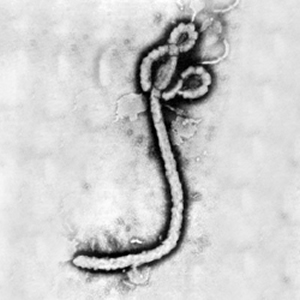The use of antibiotics on Wolbachia as treatment for filarial diseases
Wolbachia is an endosymbiont that lives in many insects and arthropods. It also lives within Brugia malayi, a filarial nematode that can cause lymphatic filariasis, and Onchocerca volvulus, adifferent filarial nematode that causes onchocerciasis. Due to the symbiotic relationship that makes these organisms’ processes so specialized and heavily dependent on each other for survival, treatment ofWolbachia with antibiotics is a possible target for antifilarial activities. Thus recent research looks for new modes of action for novel antibiotics to treat filarial caused diseases to possibly preventWolbachia from reaching antibiotic resistance. This field is a rapidly growing research area with many more discoveries to be made and questions to answer.
Symbiotic Relationship
At right is a sample image insertion. It works for any image uploaded anywhere to MicrobeWiki. The insertion code consists of:
Double brackets: [[
Filename: Ebola virus 1.jpeg
Thumbnail status: |thumb|
Pixel size: |300px|
Placement on page: |right|
Legend/credit: Electron micrograph of the Ebola Zaire virus. This was the first photo ever taken of the virus, on 10/13/1976. By Dr. F.A. Murphy, now at U.C. Davis, then at the CDC.
Closed double brackets: ]]
Other examples:
Bold
Italic
Subscript: H2O
Superscript: Fe3+
Overall paper length should be 3,000 words, with at least 3 figures with data.
Antibiotic Treatments
Section 3
Include some current research in each topic, with at least one figure showing data.
Further Reading
[Sample link] Ebola Hemorrhagic Fever—Centers for Disease Control and Prevention, Special Pathogens Branch
References
Edited by Nitin Kuppanda, a student of Suzanne Kern in BIOL168L (Microbiology) in The Keck Science Department of the Claremont Colleges Spring 2015.

